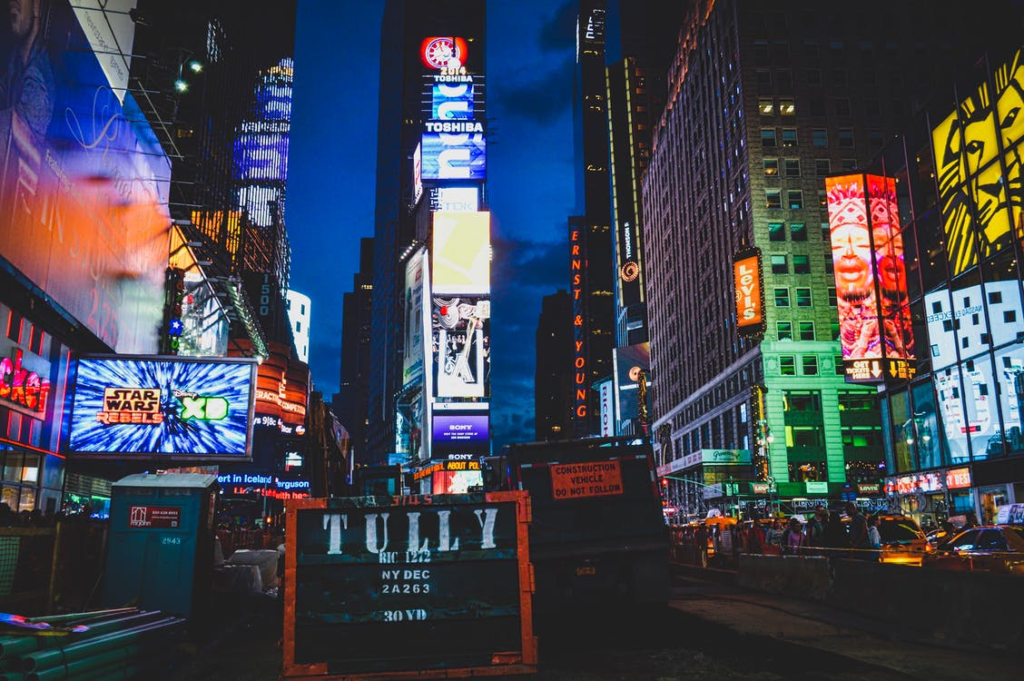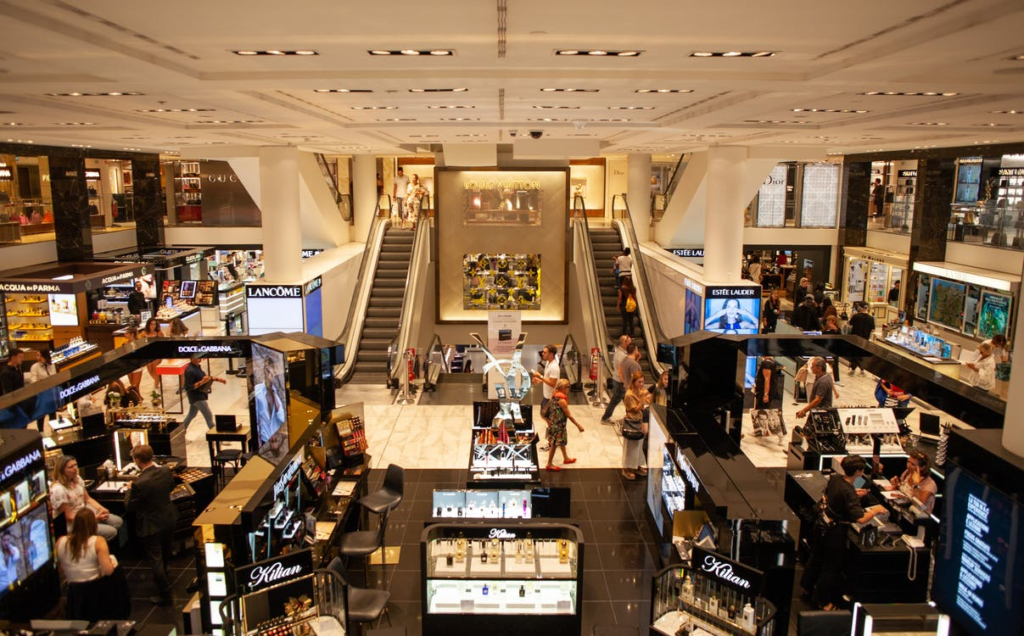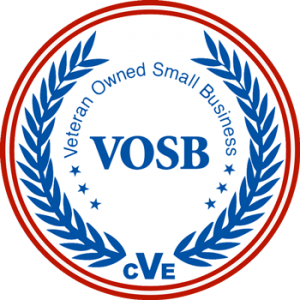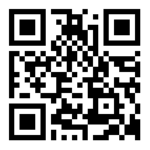Technology has come a long way since the inception of displays. With original CRT displays being bulky, then the introduction of Liquid Crystal Displays (LCD)s followed by LEDs, OLEDs, and QLEDs. The latter two are still in their early periods but LEDs are still one of the best options when it comes to commercial use.
Since LED was introduced to the market, it has been one of the most widely used technologies due to its applications and benefits. Let’s take a deep dive into what they are, how they work, their applications, and their benefits.
What are LED Displays?
LED is an abbreviation for Light Emitting Diode. If you’ve seen a broken electronic device, you must have seen tiny bulbs, those are actually diodes. So, an LED display consists of multiple diodes lined up together that display an image.
What makes these tiny diodes different from past technologies is that they consume minimal power but give off very bright lights in multiple colors with the help of the red, green, and blue (RGB) model. This was an issue with older technologies like fluorescent bulbs which only showed black and white tones.
How Do LEDs Work?

As mentioned earlier, LEDs are made with diodes with RGB models which are lined up together on a flat surface. Whenever the signal is sent to the panel the diodes combine RGB in different ratios to result in various colors to show on the display.
Red, green, and blue are the bases of almost every color in the spectrum enabling your screen to display them. An interesting thing about LED displays is that if you get really close to your screen, you can see individual diodes lighting up.
Different Types of LED Displays
Over the years there have been improvements in the manufacturing of LED displays to make them more compact so the quality can be improved or to improve its applications. Due to that, they have been an introduction to different types of LEDs, which are as followed.
Dot-Matrix LED Display

Dot-Matrix LED Displays are very useful in displaying characters, alphabets, numbers, or even simple graphics. These types of displays are a combination of rectangular-shaped LEDs put together with spaces in between. The diodes in this type of display are programmed specifically to light up in a series of characters of numbers which only requires 5×8 LEDs.
One of the biggest benefits of using the dot-matrix LED displays is that you have more control over the individual parts of the displays due to its portion-like design. This allows you to display detailed graphics with intricacy.
7-Segment Display
If you’re only looking to show numbers using an LED display, the 7-segment display is for you as it shows all the different numbers by dividing the whole display into 7 segments. When you look at the different segments they are usually arranged to look like ‘8’. With the help of this segmentation, you can display any number between zero and nine by lighting up a set of segments.
This type of LED display is one of the most common types of displays you’ll find with many applications for example they’re in calculators, digital thermometers, and digital clocks. Though, it’s important to understand that 7-segment displays are only used to show numbers and are not applicable with alphabets due to their simple design.
14-Segment LED Display

So, if you want to use LED displays to show alphabets, you’ll have to choose the 14-segment LED display. As the name indicates, there are fourteen different segments in this instead of the earlier mentioned seven. The design on these displays is similar to the 7-segment one and the additional seven segments are added centrally and diagonally in the original ‘8’ shape.
The additional segments add more flexibility with the usage of the display as you can work with more segments. These types of displays are commonly known as Starburst LED displays and were one of the prime components in arcade games during the 1980s. They are still being used when there are simple requirements or even to give a retro look.
16-Segment LED Display
The 16-segment LED display is the same as the 14-segment LED display but has more detailing with the additional two segments. It divides the upper and bottom halves of the ‘8’ figure and adds a segment to each side. This allows more clarity in your displays.
Complex LED Displays

Dot-matrix or segmented displays are only useful to display basic alphabetic, numeric, or graphical characters with little application to commercial use. They have very little to no use when you have to create a wide spectrum of colors in computers, TV, or any other types of displays.
To create displays that require complex graphics, you need complex displays that have millions of LEDs lined up without any spaces in between. This gives you more control over what you display and the colors you use.
Benefits of LED Displays
There’s no doubt that LEDs are one of the most common types of commercial displays as it has many benefits to it. Some of these useful benefits are mentioned below:
Size: Perhaps one of the most important benefits of an LED display is its size, compared to the previous display options available. It’s much smaller than CRT monitors and almost two to three times smaller than an LCD display. This allows you to either have bigger displays in similar spaces or even utilize that space for other uses.
Power Consumption: Another great benefit of using LEDs applications is its efficient energy consumption. Diodes need very little electricity to function properly. You’ll be using a mere fraction of your electricity when running an LED screen compared to the LCD. This also makes it an eco-friendlier option than most of its alternatives.
Image Quality: With the RGB model you can work with a wide range of colors. Plus, when millions of LEDs are lined up together to form a screen, you can be guaranteed a high-quality image. This is even more useful in digital billboards as customers can see life-like images of the products.

Lifespan: LEDs are also very durable and lasting so you can invest in them once and can forget about them for years. To better explain their lifespan, you can compare them with other light source lifespan. A fluorescent tube can run for 3,000 hours, a neon tube will run for 30,000 hours and an LED will easily run for almost 50,000 hours and you can even use different ways to extend that lifespan.
Controllable and Programmable: Another important feature that’s usually overlooked when talking about LEDs is it’s easily programmable and controllable. So, you can use it to display anything you want, plus control how you want to see it as it has features such as adjustable brightness and sharpness.
Applications
Due to their numerous benefits, LEDs are widely used in a majority of applications and some of these are mentioned below:
Television and Monitors

Televisions and monitors are one of the most common applications of LED displays. They have completely replaced the previous display technologies in CRTs, LCDs, and plasma screens and are slowly being overtaken with newer technologies like OLED (Organic Light Emitting Diode) displays and QLED (quantum dot LED) displays. These newer technologies are made on the same principles as LED technology and are considered variations.
Meanwhile, original LED displays are still used in computer screens as they are still good in quality and more affordable than the newer versions. It’s exceptionally useful in the gaming industry with many people using it for casual and competitive gaming.
Smart Phones
Smartphones wouldn’t have been possible without LED displays. Due to their compact size, they were the most viable option to be used for screens. Smartphones now are using OLED displays due to better image quality and resolution.
Giant Digital Screens
Perhaps one of the biggest applications for LED screens is their use in broadcasting information to a huge audience. They are used as billboards and digital signage to advertise, broadcast information, or even play videos. So, let’s take a look at all the applications they have as giant digital screens.
Marketing and Advertising

One of the most common uses of giant LED screens is for advertising purposes. Digital LED billboards are considered one of the best ways to promote a brand or a product due to more engagement and better reach. You can use these digital billboards at the busiest places in the city and get excellent consumer reach. Two of the most major example of effective usage of digital billboards is Times Square in New York City and Piccadilly in London.
These have been around for so long that people have started using them effectively. One of the most recent advancements in digital billboard advertising is the use of 3D animations. Research has shown that they allow better brand recall, attention, and brand awareness due to their unique designs. It’s safe to say that most traditional billboards are being replaced with digital LED billboards.
Major Events
These giant LED screens are mostly found in sporting stadiums for example football, tennis, baseball, and basketball. They’re used to display scores broadcast matches for people sitting far away from the action. Stadiums have also used them as a source of income to broadcast ads to attendees during breaks.
Festivals or concerts are another place screens are used to broadcast a clearer image of the performers to the people in attendance that aren’t close to the stage. Due to the high resolution, the pictures are clear no matter if you’re sitting 10 meters away from the screen or 100 meters.
Transportation
The transportation industry is also using LED displays to their full potential. For airports, bus stops, and train stations, they are a great way to show the routes of the transports, their arrival and departure times, and also a way to may public services announcements such as delays. Most modern buses and trains also have LED displays to show the next stops.
Shops

As mentioned earlier, digital billboards are used as a great tool for marketing. Shops can also use them to attract people passing by. Shop owners can highlight key products or services on their LED signs to show people what they’re offering without them even coming into the shop. In that case, most people that come into their shop will be there due to curiosity allowing shop owners to better cater to them.
Billboards on Vehicles
You can also LED screens on moving vehicles to use them as a mobile way of marketing. Just a simple message mentioning a sale or a promotion can be a useful way to attract new people to the area. Screens on vehicles aren’t only useful for marketing as they can be used to display caution signs at an accident or for diverting traffic when there’s a land closed.
You can also get mobile LED signs from OPPS technologies. They have vehicles with LED displays at the back of their vehicles to show simple messages that you can use to advertise your local business. You can even display a warning or caution signs through their services.
Other than that, OPPS Technologies also offer armed protective services, elite guard services while you can also hire a security guard from them. They are also a protection services provider that helps people across Maryland, Rockville, and Baltimore. So, contact them to find out more about their services and how they can help you.










